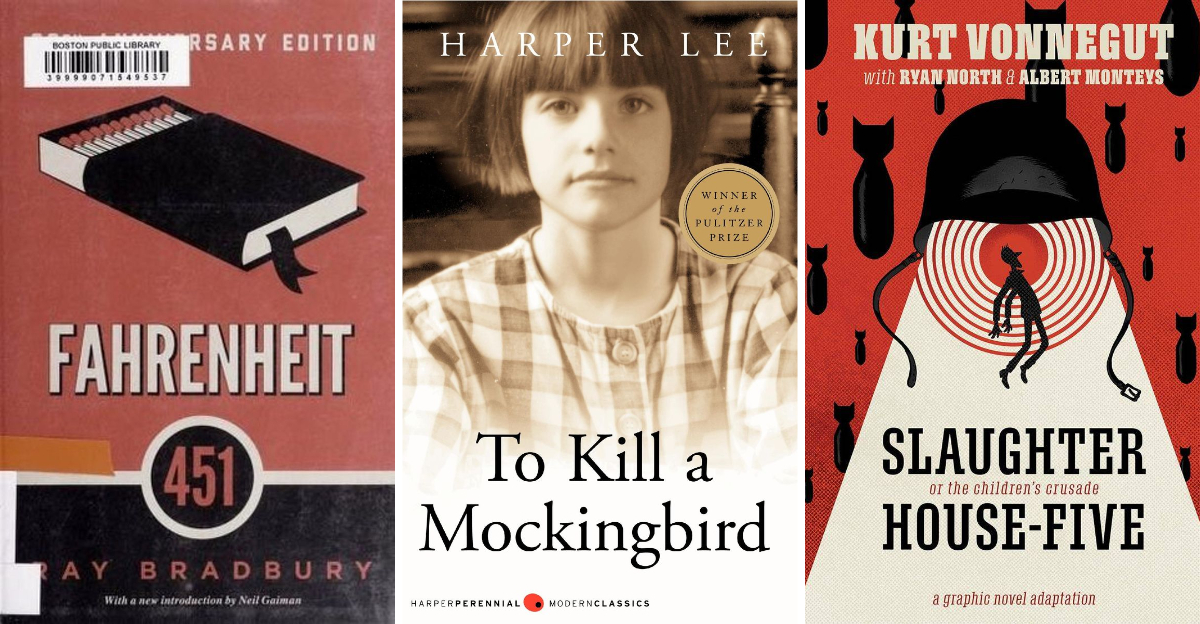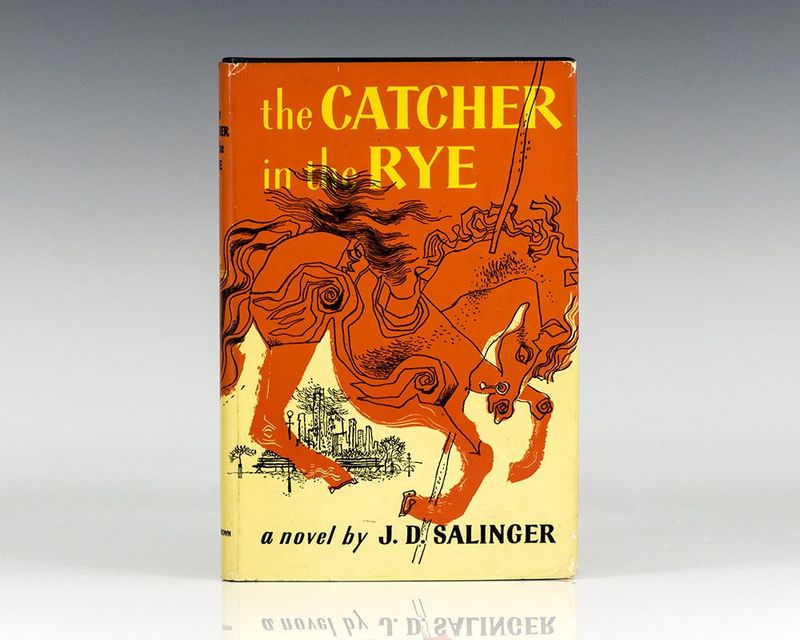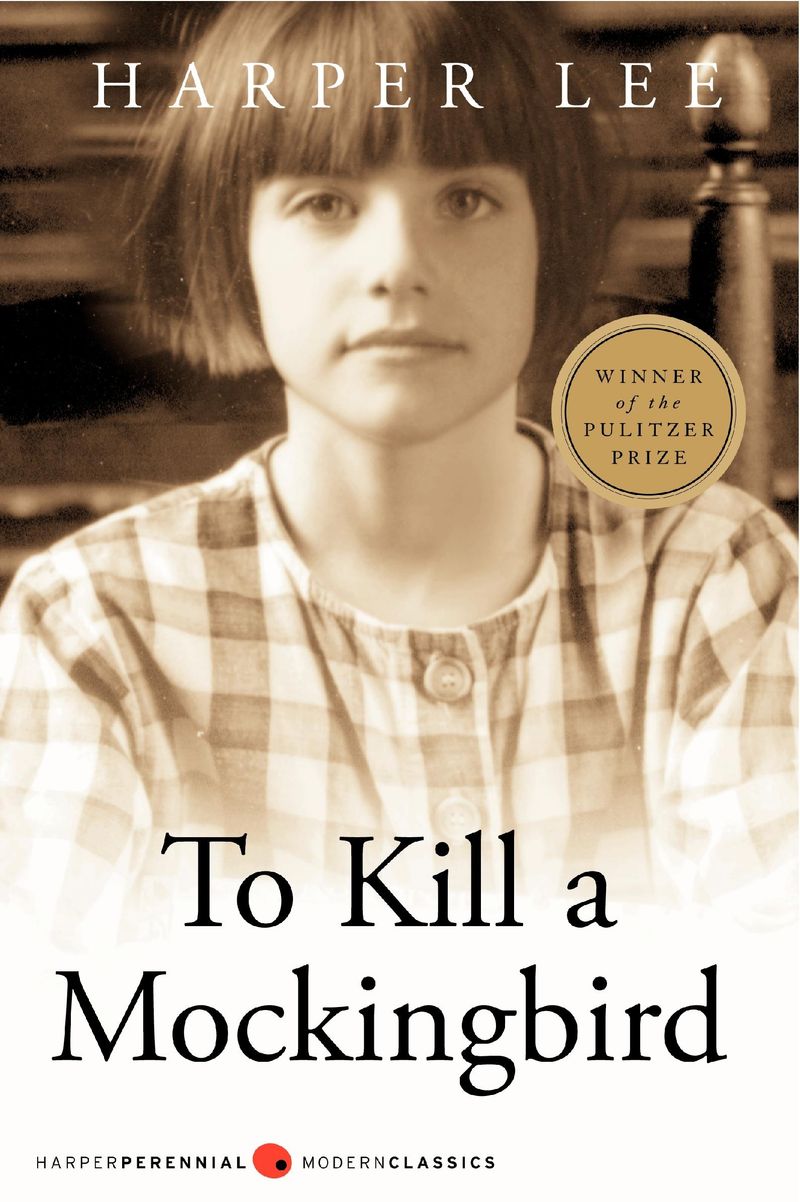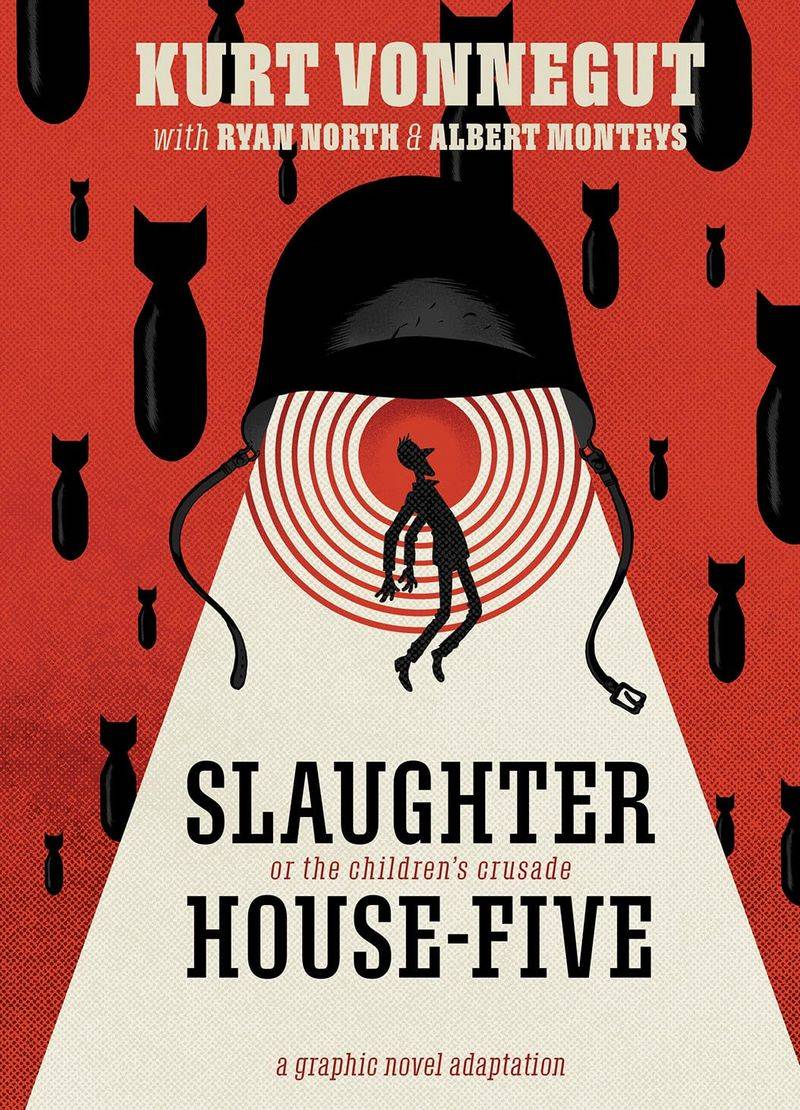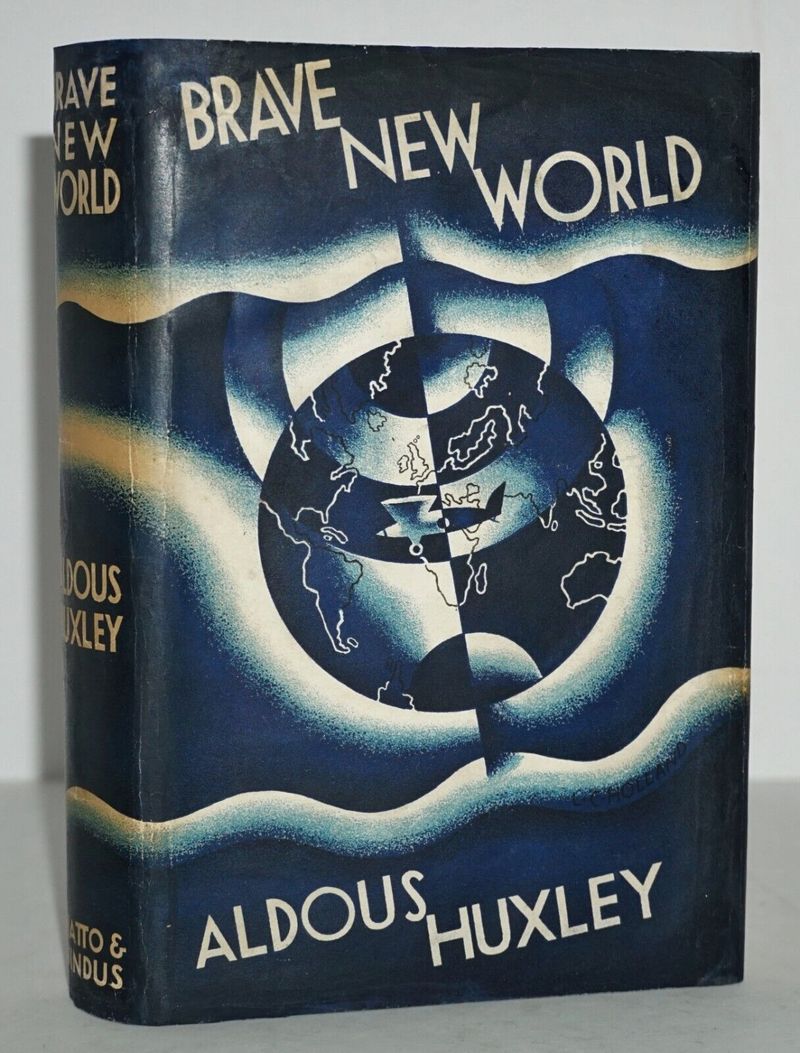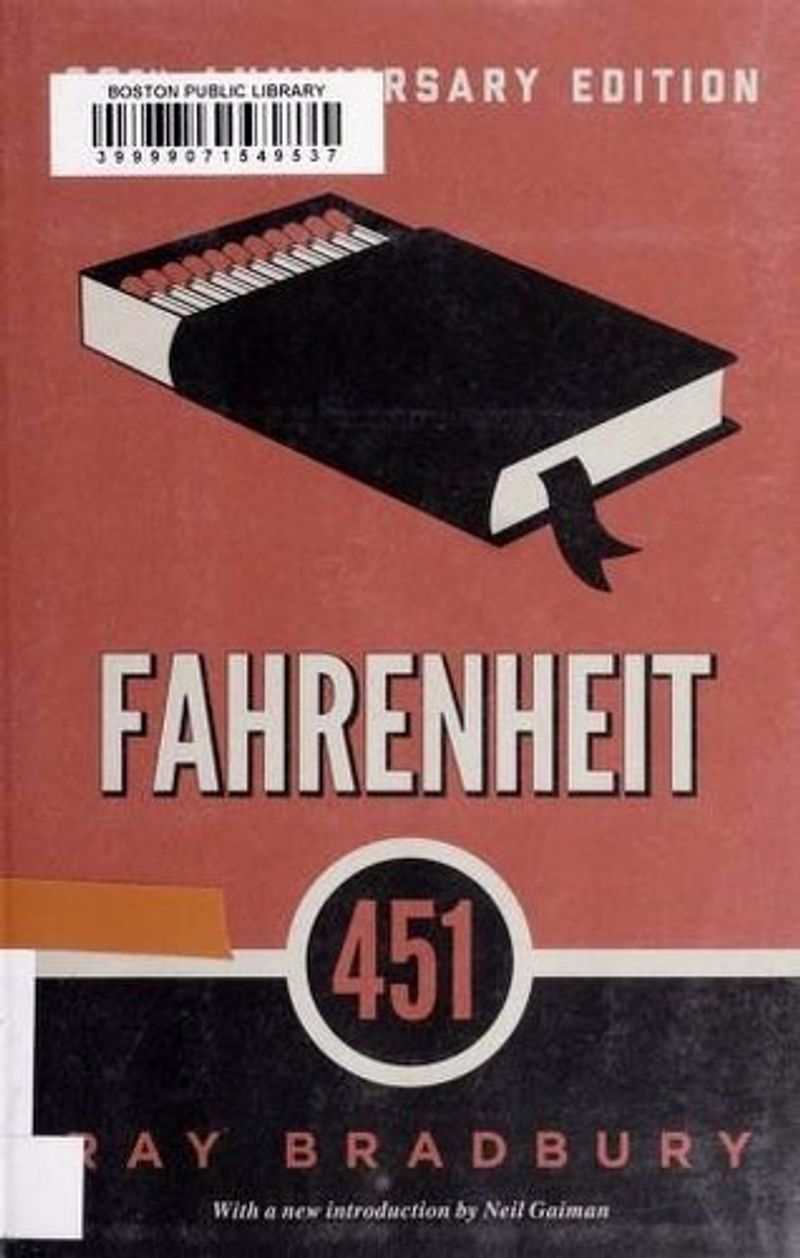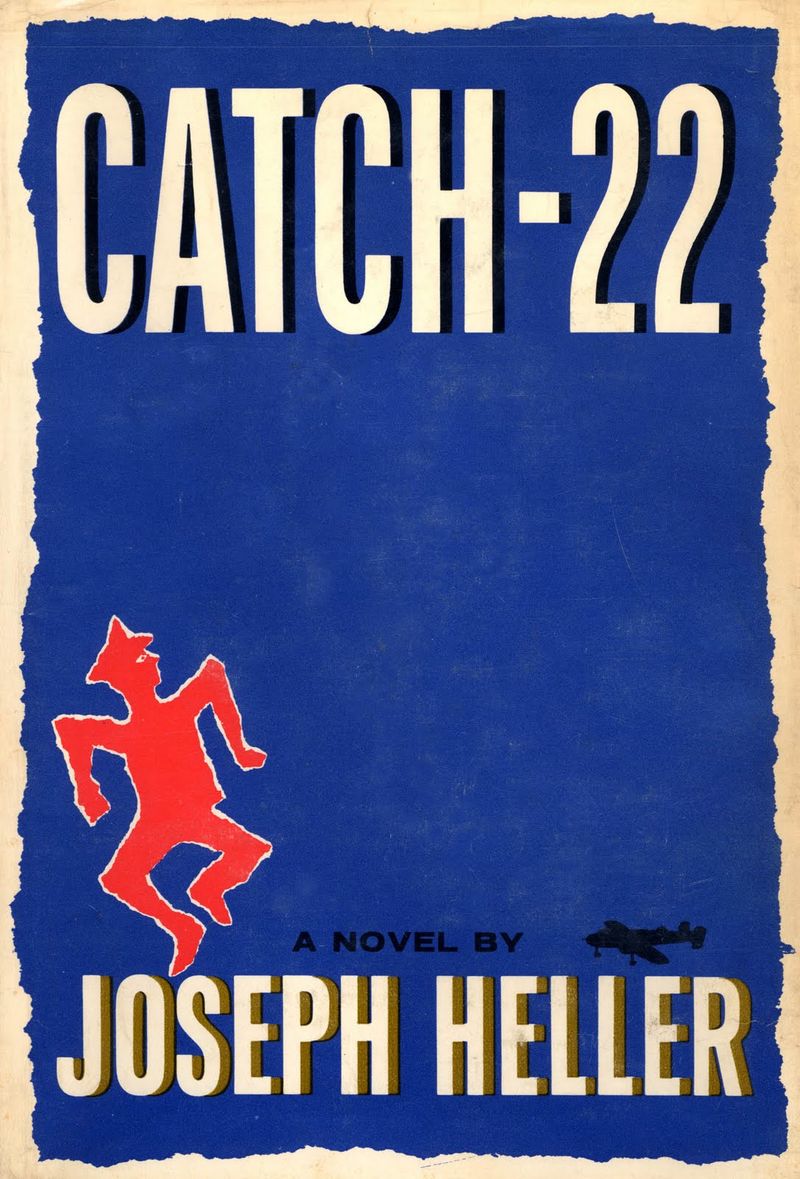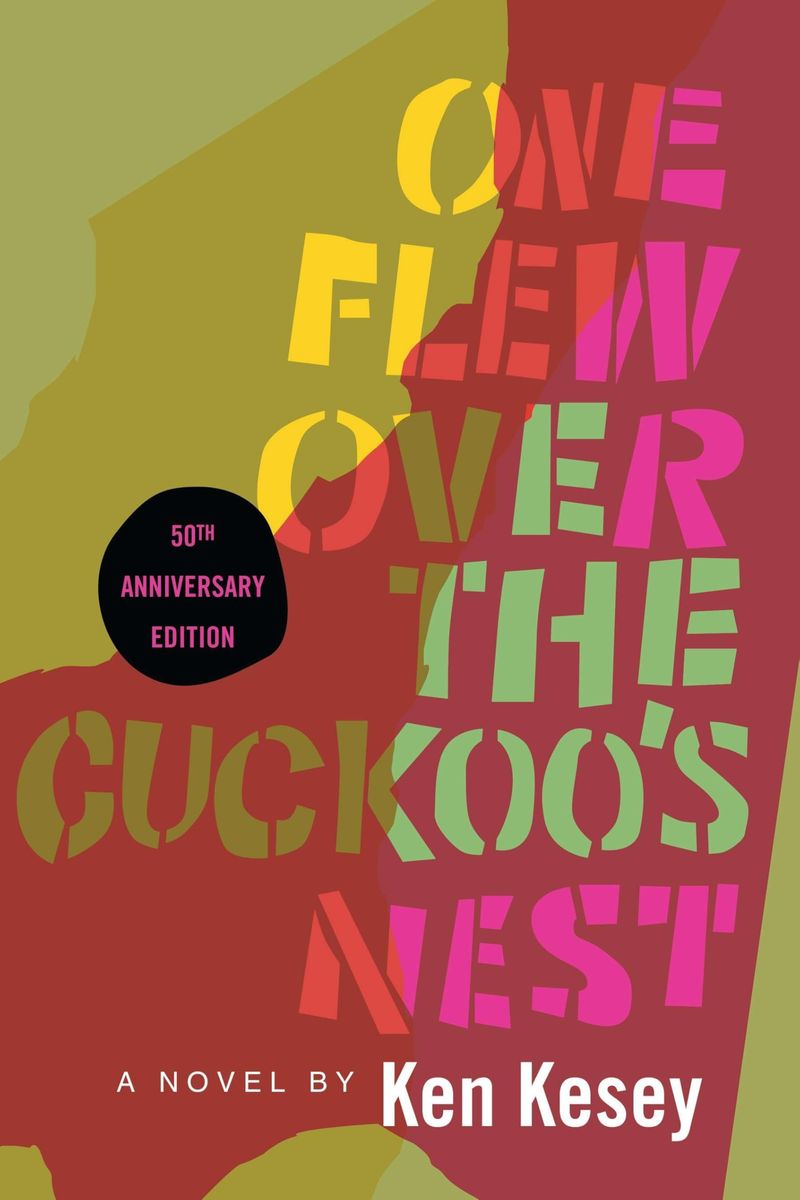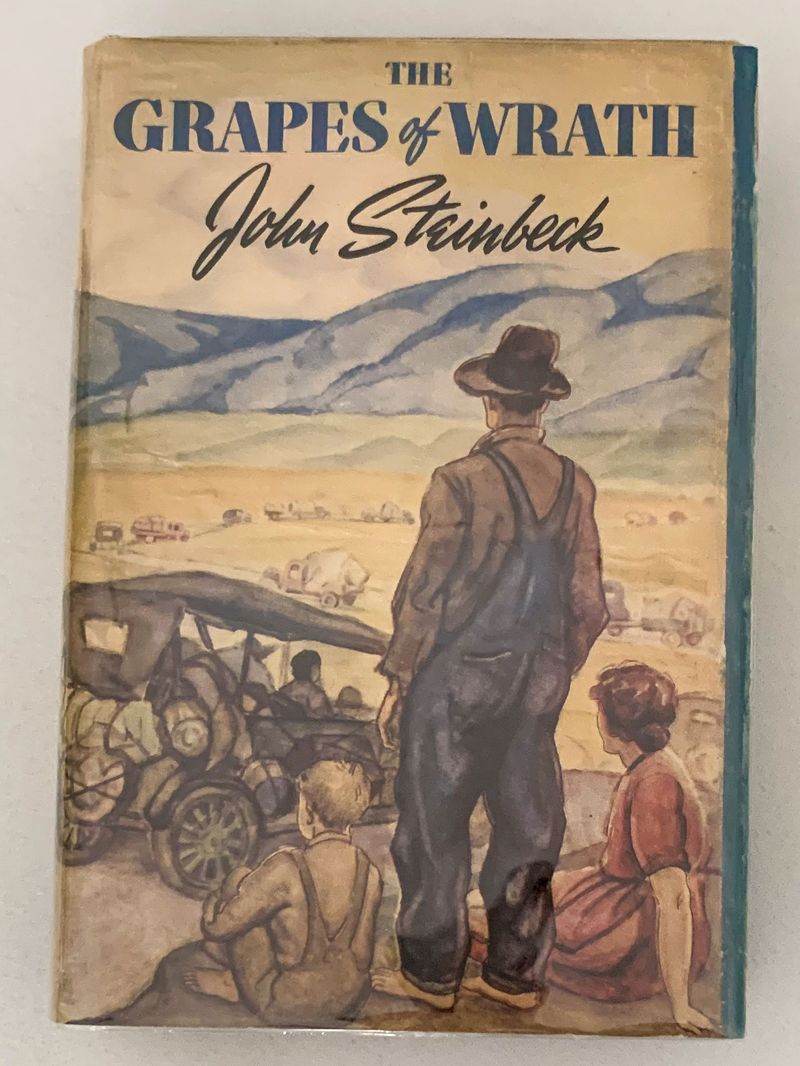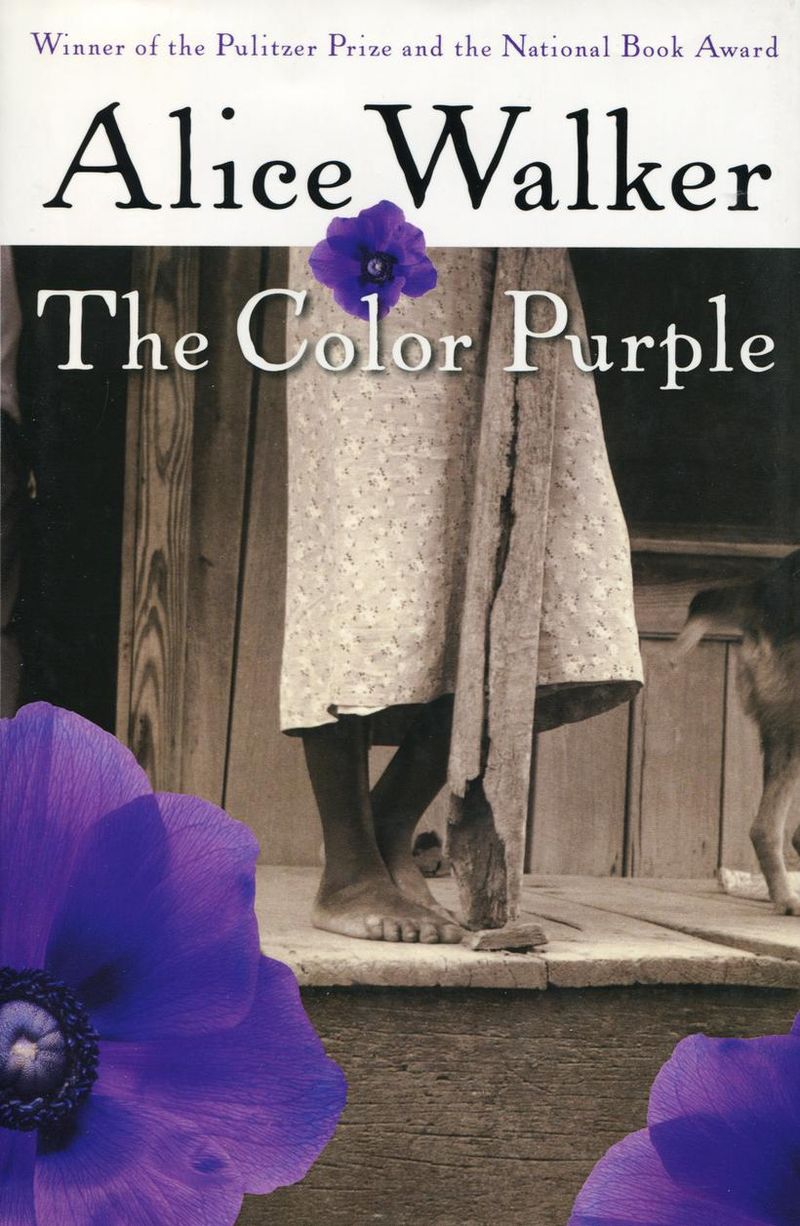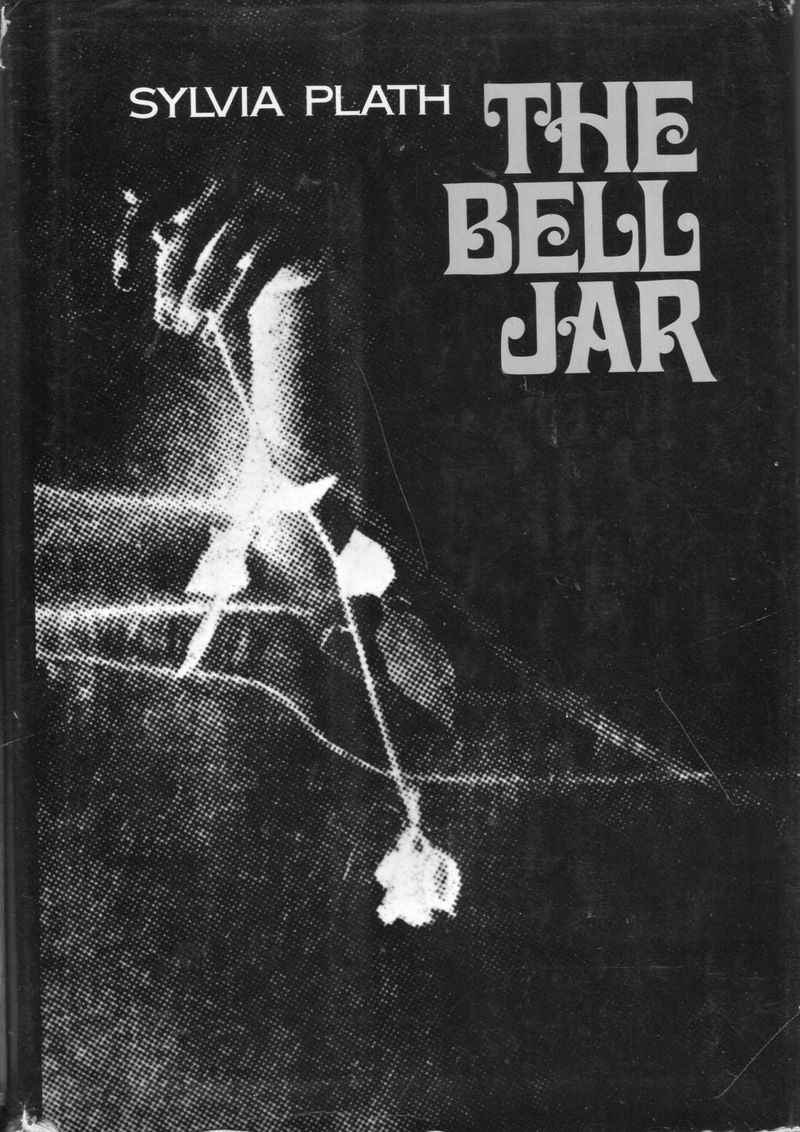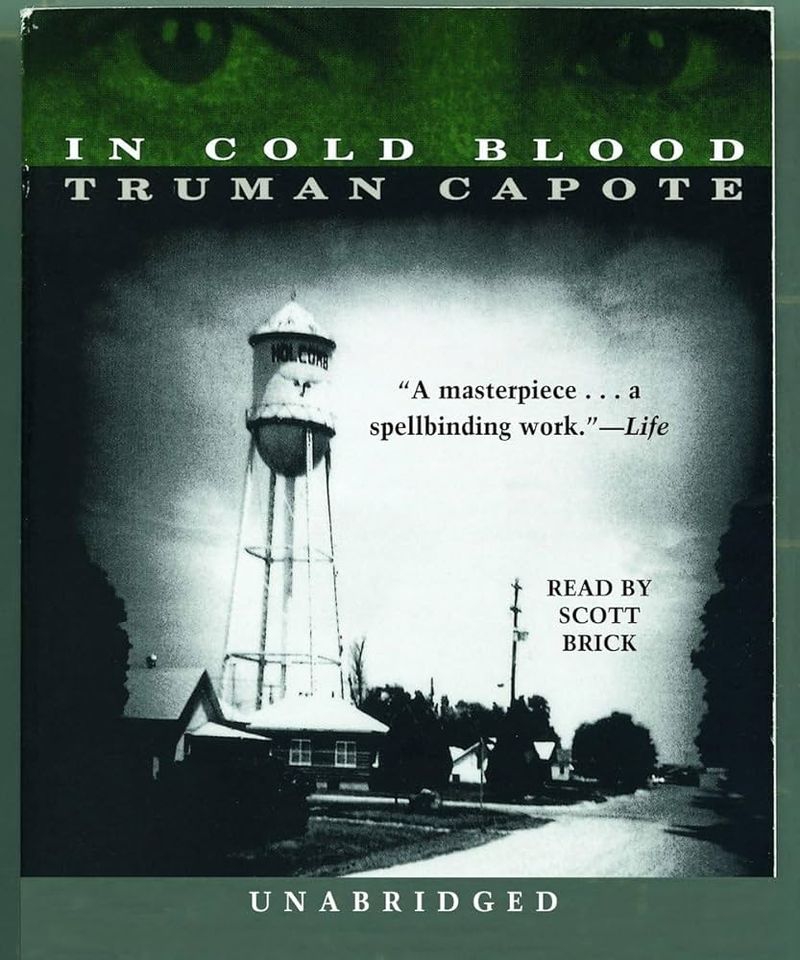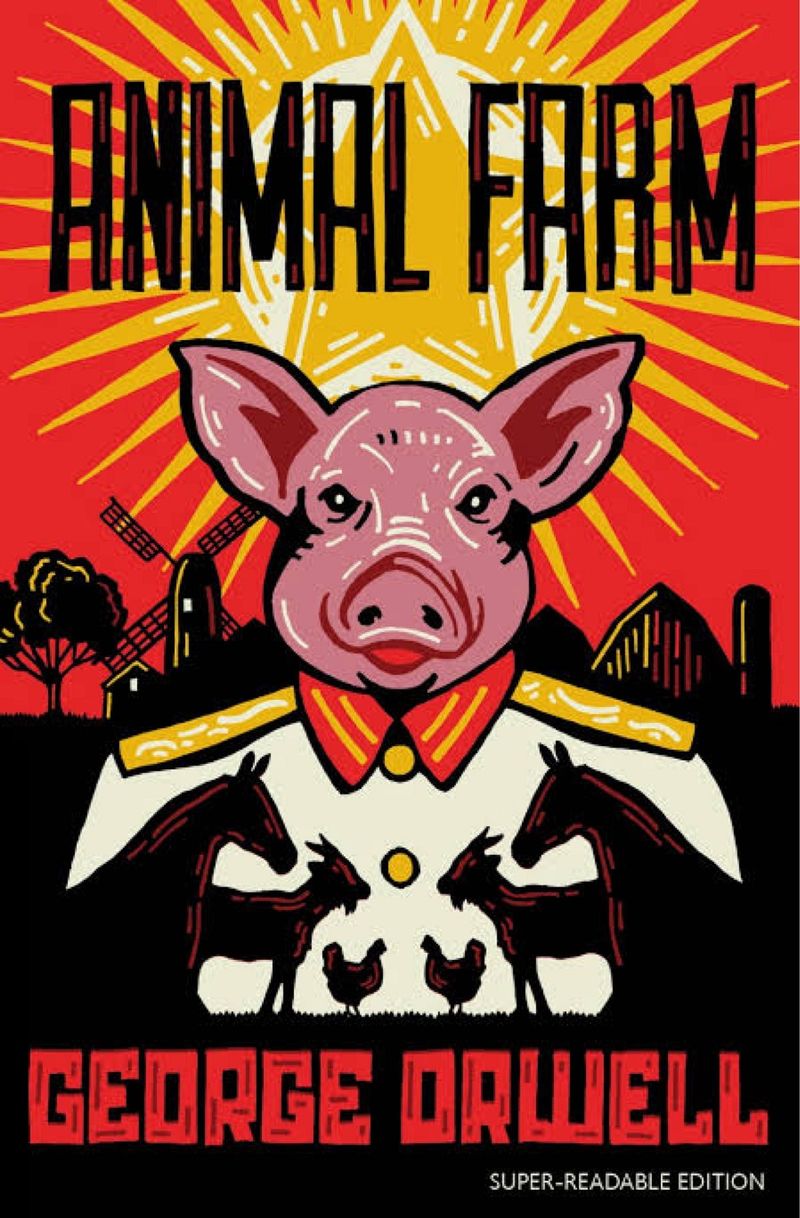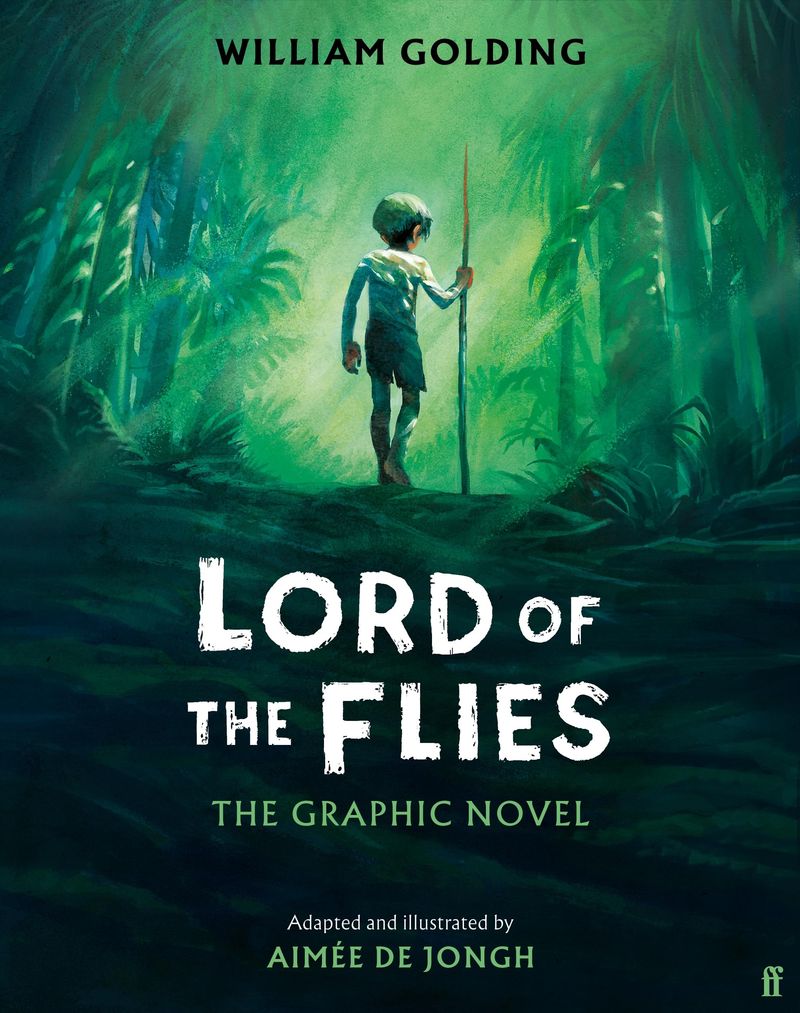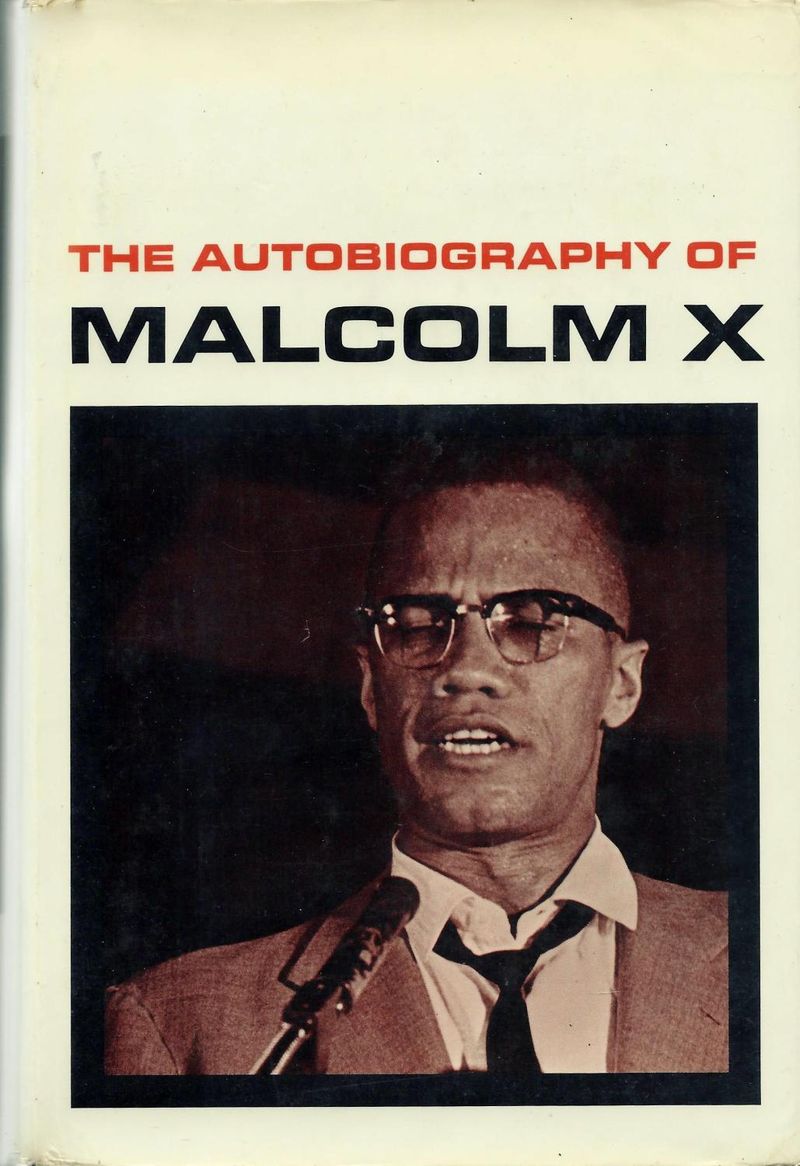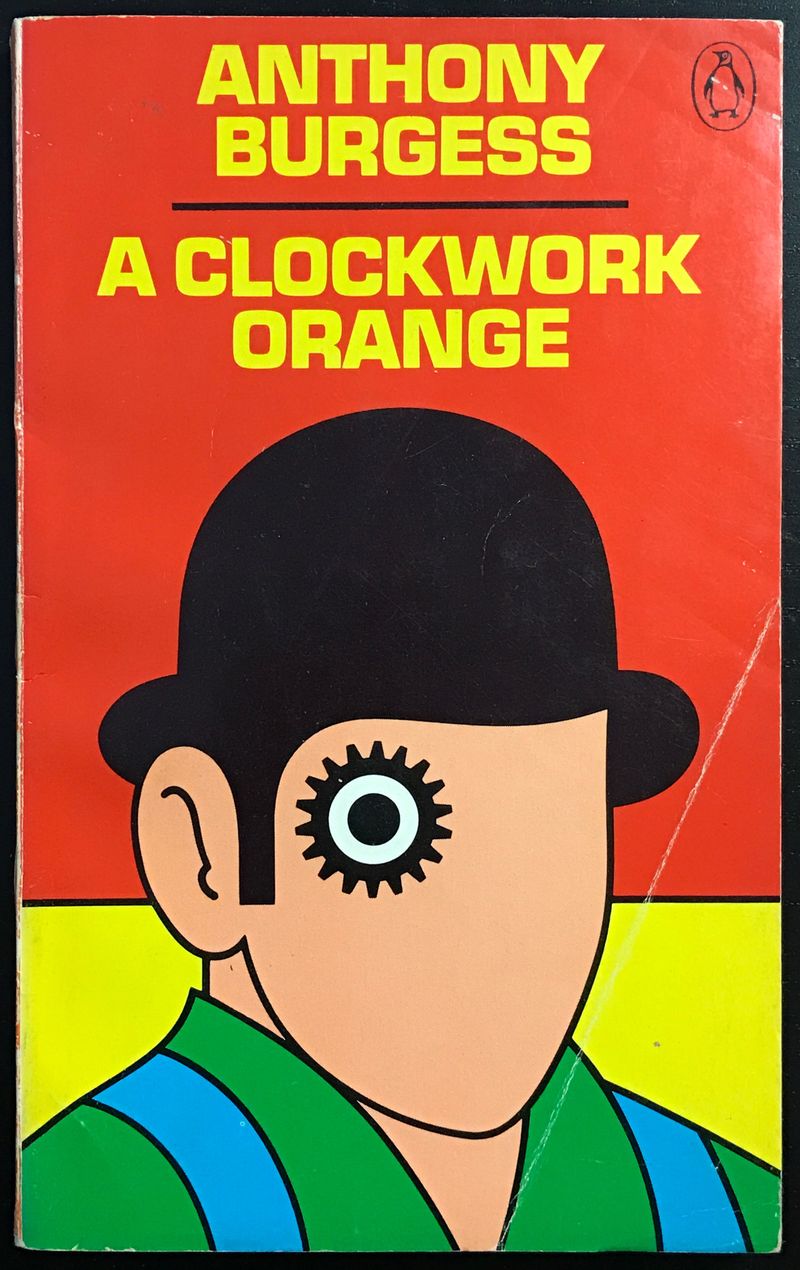The 1960s and 1970s were a time of significant social change, and literature was no exception. Books that challenged societal norms, addressed controversial topics, or simply didn’t fit the mold often faced bans and censorship.
Today, many of these works seem tame or even mainstream, yet they hold an essential place in the history of literature and free expression. Let’s explore 15 banned books from this era that once sparked outrage but are now considered classics.
1. The Catcher in the Rye by J.D. Salinger
J.D. Salinger’s novel stirred controversy due to its candid portrayal of teenage angst and rebellion. Holden Caulfield, the protagonist, became a symbol of youthful disillusionment.
The book’s use of profanity and exploration of complex themes led to its banning in many schools. Despite this, it became an essential part of American literature.
Today, it’s valued for its honest depiction of adolescence and the challenges of finding one’s identity.
2. To Kill a Mockingbird by Harper Lee
Harper Lee’s classic faced bans for its discussion of racial inequality and use of racial slurs. Set in the Depression-era South, it tells the story of a Black man wrongly accused of a crime.
Through the eyes of young Scout Finch, the novel explores themes of justice and morality. Its honest portrayal of prejudice made it a target for censorship.
Today, it’s praised for its powerful storytelling and important social messages.
3. Slaughterhouse-Five by Kurt Vonnegut
Kurt Vonnegut’s Slaughterhouse-Five was banned for its anti-war sentiments and perceived profanity. The novel blends science fiction with a stark depiction of war’s horrors.
Following Billy Pilgrim, a soldier who becomes ‘unstuck in time,’ it offers a unique perspective on fate and free will. Its non-linear narrative confused and challenged readers.
Today, it’s lauded for its innovative style and profound commentary on the human condition.
4. Brave New World by Aldous Huxley
Aldous Huxley’s dystopian novel faced bans for its critical view of a technologically controlled society. Its exploration of themes like consumerism and individuality was contentious.
The book’s portrayal of a world devoid of personal freedom raised ethical questions. Many saw it as a cautionary tale against unchecked technological progress.
Today, Brave New World is celebrated for its foresight and enduring relevance.
5. Fahrenheit 451 by Ray Bradbury
Ray Bradbury’s Fahrenheit 451 was banned for its depiction of a society that burns books. The novel critiques censorship and the loss of intellectual freedom.
Following Guy Montag, a fireman who begins to question his role, it delves into themes of knowledge and conformity. Its vivid imagery of a world without books sparked debates.
Today, it’s revered for its thought-provoking exploration of censorship’s dangers.
6. Catch-22 by Joseph Heller
Joseph Heller’s Catch-22 was banned for its satirical take on war and bureaucracy. The novel’s paradoxical title became synonymous with no-win situations.
Through the experiences of Yossarian, a bombardier, it reveals the absurdities of military logic. Its dark humor and critique of authority resonated with readers.
Today, Catch-22 is hailed as a masterwork of satire and anti-war literature.
7. One Flew Over the Cuckoo’s Nest by Ken Kesey
Ken Kesey’s novel was banned for its depiction of mental health and authority. The story follows Randle McMurphy, who challenges institutional control.
The novel’s exploration of individuality versus conformity made it controversial. Its portrayal of the human spirit’s resilience resonated with many.
Today, it’s recognized for its profound impact on discussions of mental health.
8. The Grapes of Wrath by John Steinbeck
John Steinbeck’s The Grapes of Wrath faced bans for its honest depiction of poverty and social injustice. The novel follows the Joad family’s struggles during the Great Depression.
Its critique of capitalism and advocacy for the working class angered some. Steinbeck’s vivid narrative brought attention to America’s forgotten communities.
Today, it’s considered a monumental work in American literature.
9. The Color Purple by Alice Walker
Alice Walker’s The Color Purple was banned for its portrayal of racial and sexual violence. The novel’s letters reveal Celie’s journey to empowerment.
Its candid exploration of female identity and resilience was groundbreaking. Despite controversy, it became an iconic story of survival and self-discovery.
Today, it’s celebrated for its profound message of hope and transformation.
10. The Bell Jar by Sylvia Plath
Sylvia Plath’s The Bell Jar faced bans for its exploration of mental illness and female identity. The novel’s protagonist, Esther Greenwood, struggles with depression.
Its candid portrayal of mental health challenges sparked discussions and discomfort. Plath’s lyrical writing captured the complexities of the human psyche.
Today, it’s regarded as a seminal work on mental health and feminism.
11. In Cold Blood by Truman Capote
Truman Capote’s In Cold Blood was banned for its chilling depiction of a true crime. The novel reconstructs the murder of a Kansas family.
Capote’s meticulous research and literary style created a new genre: the non-fiction novel. Its exploration of crime and morality divided readers.
Today, it’s acclaimed for its pioneering approach and gripping narrative.
12. Animal Farm by George Orwell
George Orwell’s Animal Farm was banned for its allegorical critique of totalitarian regimes. The novella uses farm animals to depict the Russian Revolution.
Its satirical portrayal of power and corruption resonated with readers. Orwell’s incisive critique of political systems sparked controversy.
Today, it’s valued for its enduring lessons on power and control.
13. Lord of the Flies by William Golding
William Golding’s Lord of the Flies faced bans for its exploration of human nature. The novel follows boys stranded on an island, descending into chaos.
Its stark depiction of savagery and loss of innocence challenged readers. Golding’s insights into civilization’s fragility made it a target for censors.
Today, it’s studied for its profound themes and psychological depth.
14. The Autobiography of Malcolm X by Malcolm X and Alex Haley
The Autobiography of Malcolm X was banned for its controversial political and racial themes. The book chronicles Malcolm X’s transformation and activism.
Its unflinching critique of racial injustice was both praised and criticized. The narrative’s authenticity and Malcolm’s powerful voice left a lasting impact.
Today, it’s an essential read for understanding the civil rights movement.
15. A Clockwork Orange by Anthony Burgess
Anthony Burgess’s A Clockwork Orange was banned for its graphic violence and exploration of free will. The novel’s language and style were both innovative and shocking.
It follows Alex, a young delinquent, in a future society bent on control. Burgess’s exploration of morality and choice provoked strong reactions.
Today, it’s recognized for its linguistic creativity and philosophical depth.
